The true mark of a top smartphone isn’t it’s specifications, the design or screen bezels, but if using the phone makes you feel that you have actually made an upgrade from your previous device. The Meizu MX3 does one better by feeling better than pretty much everything on the market today! Read our full Meizu MX3 review here.
My Meizu History
When I first started GizChina I learned about a smartphone maker which many were comparing to Apple. At that time Meizu were just preparing the launch of their first ever Android smartphone, the Meizu M9, and I was truly excited.
I kept my eyes out for the latest Meizu news, read everything I could and drooled over the specifications of this Chinese flagship device. When the day came to actually buying the Meizu M9 I even went as far to stand outside the store waiting for it to open so I could be the first to get my hands on the M9! (the store opened very late that day and laughed at the silly English bloke who had stood in the cold all morning).
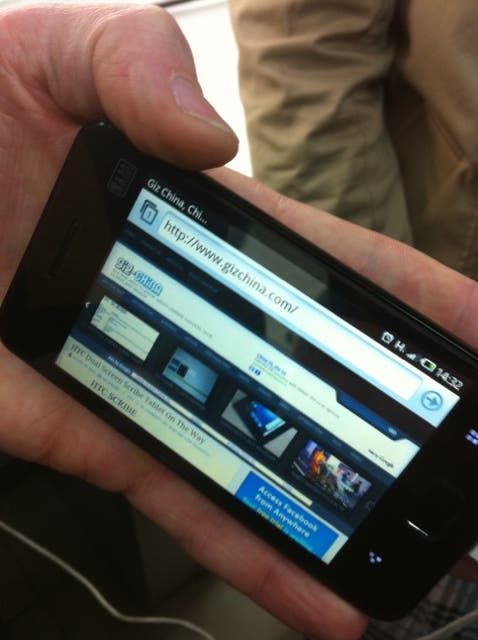
I got my Meizu M9 though and used it daily, well until I replaced it 2 months later with the iPhone 4, the very phone Meizu hoped to beat. The Meizu M9 was full of compromise though, there was no front facing camera, and the OS was very buggy, not to mention overheating and poor battery life!
I have been quite vocal about Meizu’s problems since, even speaking candidly to Meizu staff about their phones, I wonder if any of my comments counted when they drew up the Meizu MX3 (I doubt it, but I can dream).
Why the Meizu MX3
I went phone shopping last month. It was time to replace my ageing Xiaomi Mi2 (still one of the best phones I have ever owned) and time to buy a phone I could actually use in every aspect of my life as the N1 was too big.
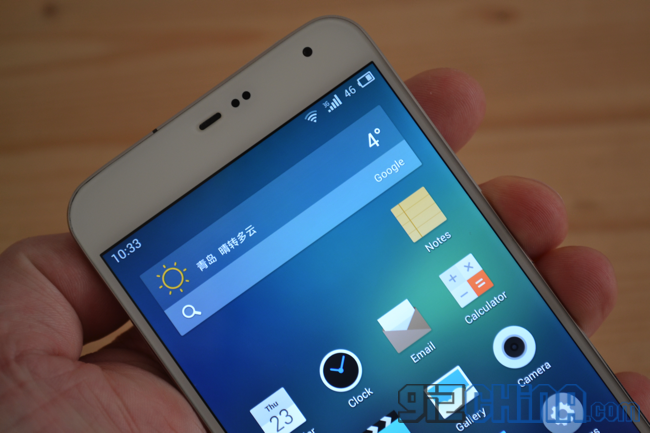
My choices were the Xiaomi Mi3 or Gionee Elife E7. After a good hour with both phones, I decided neither fitted the bill. Sure they are both powerful and have some great features, but they are rather ugly and don’t feel premium. I popped in to the local Meizu store on the way back and found the Meizu MX3, the oldest of the phones, had the premium feel I wanted! but did I really want to risk another Meizu after my past experience?
A few days later 1949deal got in touch and asked me to review a 32GB MX3 with NFC, obviously I jumped at the chance! And haven’t regretted it since!
Meizu MX3 Review - Unboxing Video and first impressions
Meizu MX3 Review - Specifications
The Meizu MX3 comes in 4 versions from the entry-level 16GB model with no NFC, to the 32GB, 64GB and 128GB models with NFC. All versions of the phone have the same Exynos Octa processor, 2GB RAM and 8 mega-pixel camera with F2.0 aperture.
[komper pid=126 compareform=no]
Meizu MX3 Review - Design
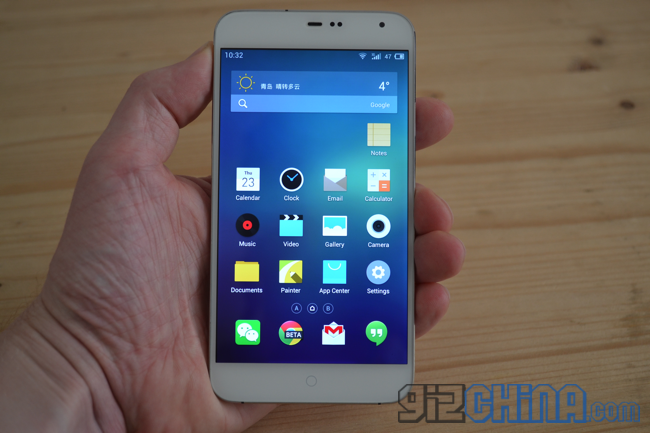
I was lucky to be sent the more sought after all white version of the Meizu MX3 which is quite frankly one of the best looking and comfortable phones I have ever used. That’s only my opinion though as some found the phone to feel to thin!
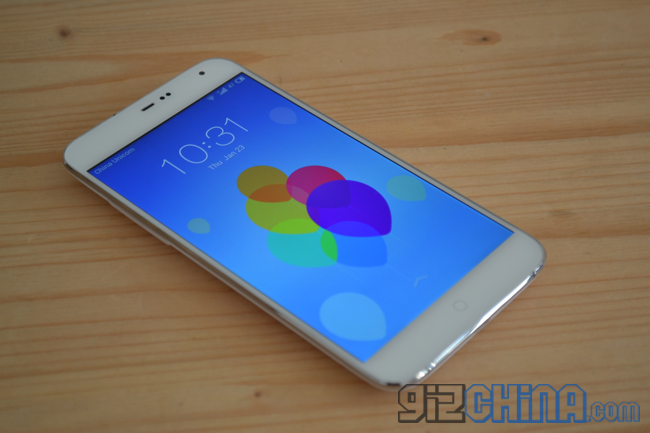
Since Meizu started in the phone market their products have been compared to iPhone, the MX3 is no different and looks a lot like what an iPhone would look had Apple continued with the iPhone 3GS design and let it evolve.
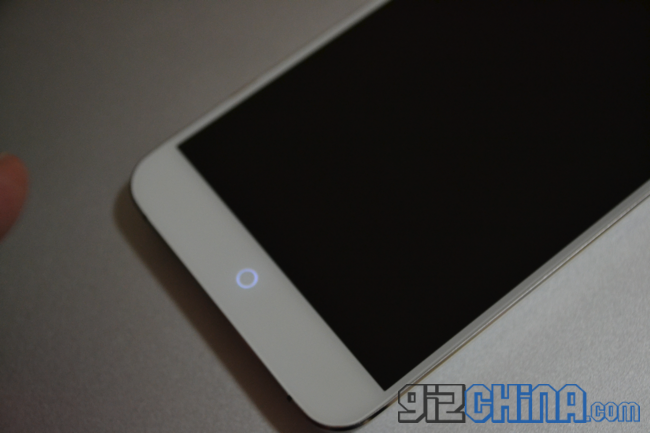
There are some striking differences between the Meizu MX3 and the iPhone though. For a start the Meizu’s front is mostly taken up with the large 5.1-inch FHD display with narrow bezels either side. There is also no physical home button on the Meizu, but rather a capacitive ring which can take you back to the home screen and also acts as a notification ‘halo’. The halo button can also be used to unlock the display from sleep too, simply swipe up from the button towards the display and the MX3 wakes up, pressing on the home button will also lock the home screen.
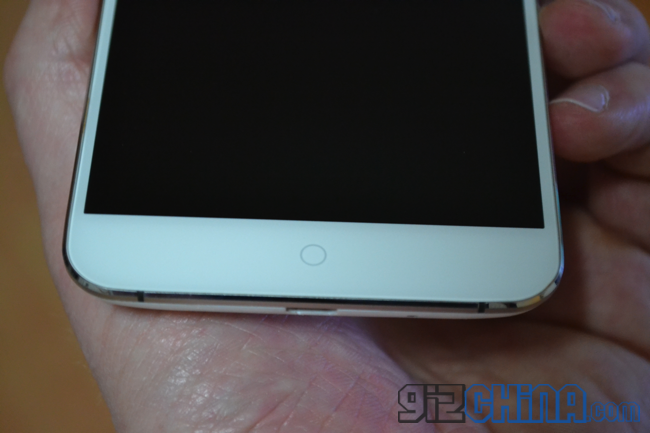
An all glass front spans across the face of the phone and meets with a nicely machined tapered steel band. This metal band is broken up in to 3 parts much like the iPhone’s and acts as an antenna and no matter how I hold it I still get a signal!
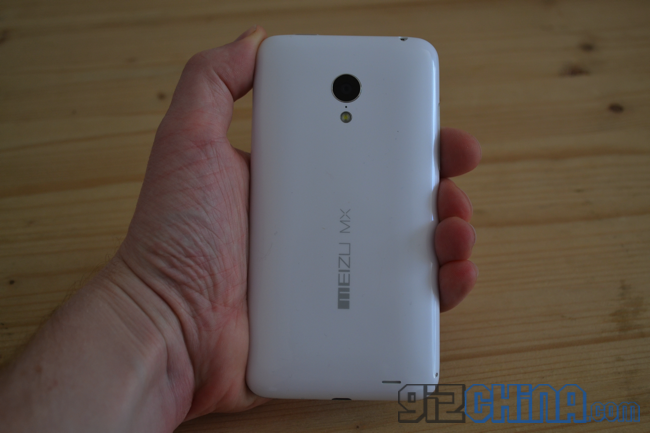
The rear of the MX3 continues the iPhone 3GS theme. The all white removable rear panel being made in two steps. The first a clear plastic which is then filled with the white plastic finish. There are also plenty of optional colour rear panels to choose from too.
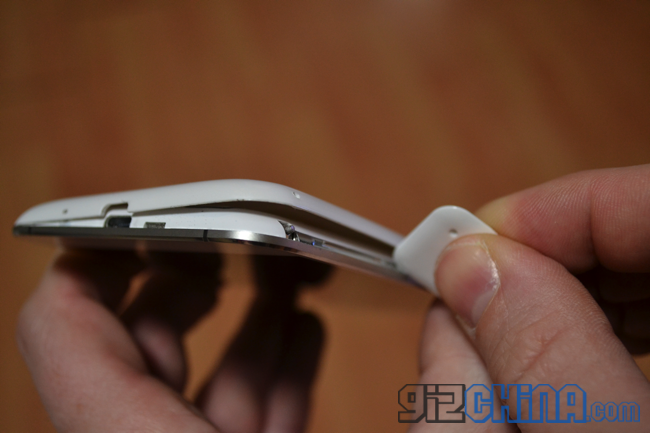
Removing the rear is a fiddly process which requires a small plastic tool (included). The first step is to push in a metal pin then use the edge of the tool to lever the rear off. It’s a struggle the first time but with practice it can be handled with no problem.
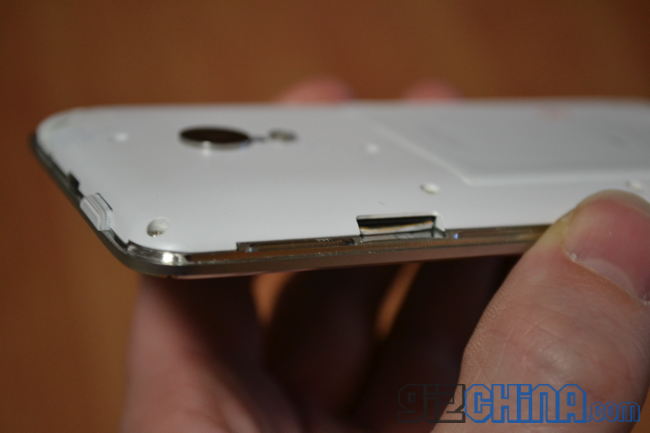
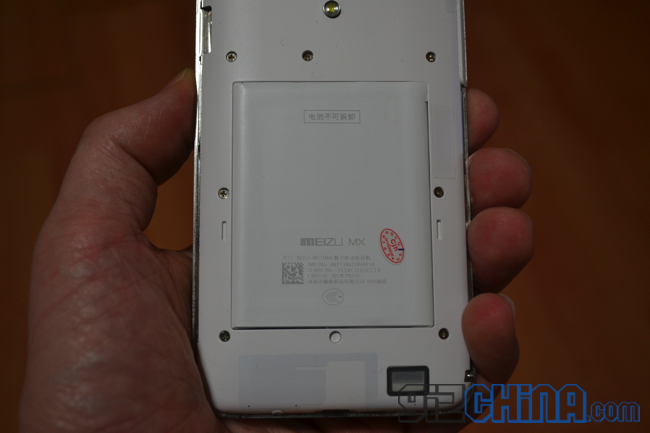
With the rear removed we can see space for the single micro SIM card, and the 2400mAh Sony battery which, strangely cannot be removed! I think this is the first phone I have ever reviewed which has a non removable battery despite a removable panel! Meizu say the reason for the design is to allow customer to change the colour of the rear panel easily. But why not allow us to easily change the battery too?
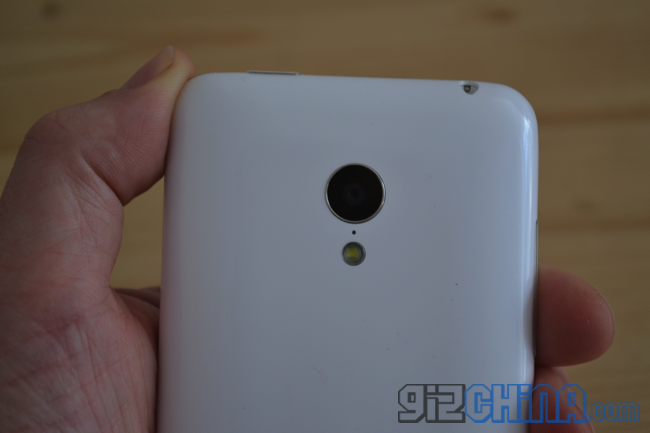
Looking at the phone with the rear panel back in place we can see the Meizu MX logo, small gap for the external rear speaker, LED flash toward the top and large lens for the 8 mega-pixel main camera. The camera really is a highlight for the MX3, but with such a large lens it easily picks up fingerprints and might need a wipe before shooting.
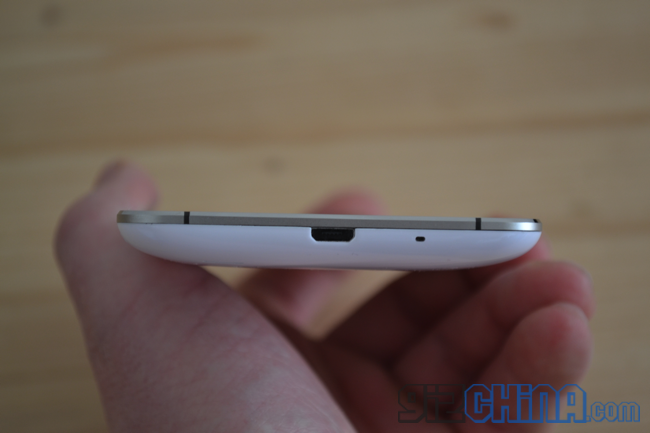
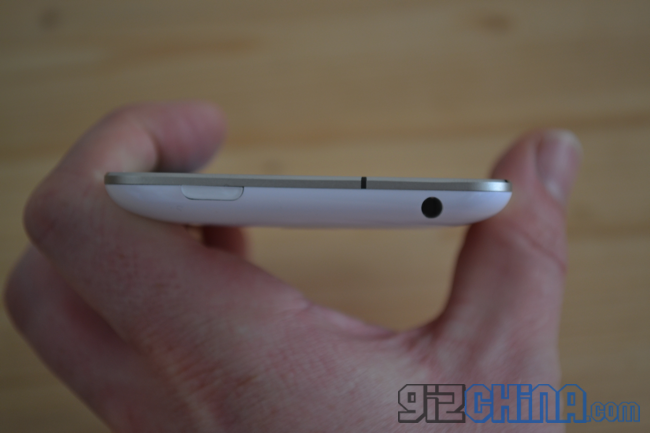
Finally we have a micro USB in the base, power button at the top and volume rocker on the left hand side. Personally I don’t like the layout of the physical buttons and often find myself taking accidental screenshots.
The design isn’t without its issues, but when in use it feels great and especially well made. The quality of the phone is well on par with Oppo devices and well above the Gionee and Xiaomi options and most phones I’ve used from Samsung in recent months.
Meizu MX3 Review - Screen
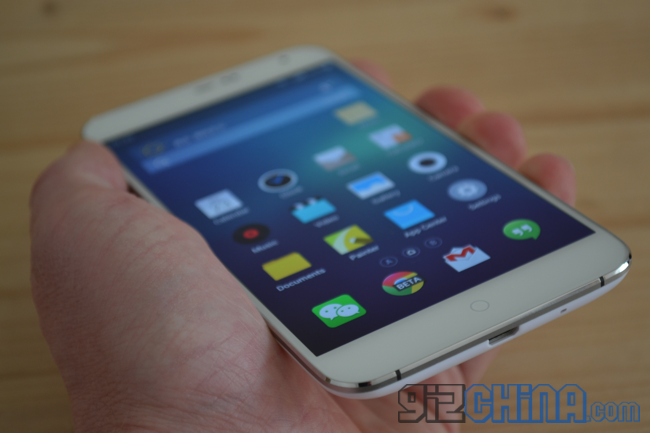
Most flagship phones get a 5-inch 1920 x 1080 FHD display, but Meizu went for something a little different on the MX3 and opted for a beautiful 5.1-inch panel with 1800 x 1080 resolution which give a 15:9 screen ratio. What this basically means is the MX3 isn’t as long as other phones and is slightly wider (in terms of the display). In use this makes landscape typing very comfortable, as well as viewing the web, gaming and basically anything you do which is screen orientated i.e everything on a smartphone, a joy!
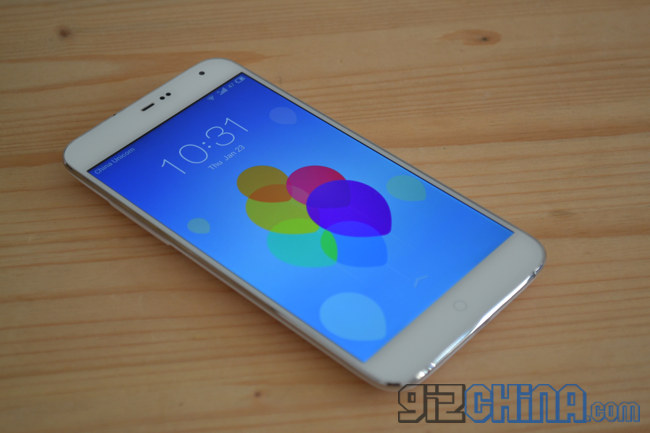
The display is made by Sharp and JDI and with such names behind the panel you can be assured that if offers beautiful colours, amazing viewing angles and great touch response.
Meizu MX3 Review - Performance
When it comes to flagship devices there really isn’t all that much between them in terms of performance. Regardless of what benchmarks say, in actual use you can’t feel much difference between a powerful Mediatek phone and a Snapdragon device.
The Meizu MX3 uses a Samsung Exynos 5 Octacore processor which uses big.LITTLE to optimise power and battery life. There is also a PowerVR SGX GPU and 2GB RAM. On paper, and in benchmarks this set up isn’t as powerful as a Snapdragon set up like the one found in the Gionee Elife E7 or Xiaomi Mi3, but in use there is very little difference.
Camera performance is amazingly fast, browsing the web is fast, and gaming is fast. There are no hiccoughs or bumps in the performance road, and not once when using the MX3 do I wish there was more power on tap.
Meizu MX3 Review - Camera
The main camera on the Meizu MX3 is an 8 mega-pixel unit with f2.0 aperture. You might be thinking that 8 mega-pixel’s isn’t all that impressive when most device have a 13 mega-pixel shooter and many newer phones are even getting 16 mega-pixel sensors. Still the MX3’s camera is one of the highlights of the phone and a feature I have really loved playing around with.
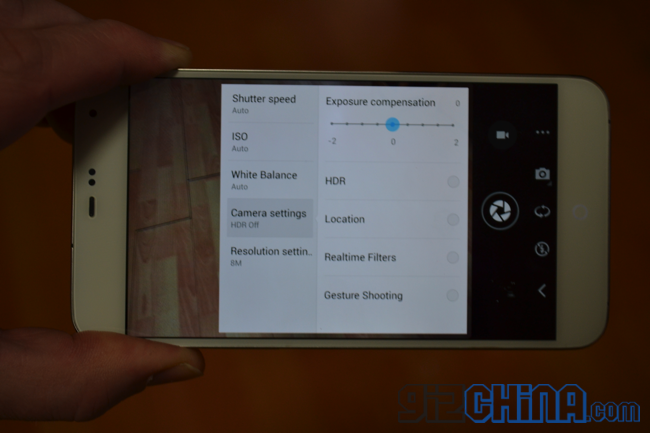
When I first received the MX3 it was running an earlier version of Flyme which had a rather basic camera app, but I was lucky in that Meizu released Flyme version 3.4.1 while I was reviewing the phone. Not only does the update make the phone much more stable but it also brings along a much more feature packed camera app to play with.
The camera app in Flyme 3.4.1 gets the added benefit of HDR, built-in filters, more professional manual controls including exposure and white balance and a really great ‘light field’ features similar to a Lytro after focus set up.
The first thing you will notice when taking photos with the Meizu MX3 is damn! it is really fast! Even going from the camera centric Oppo N1 to the MX3 I found a notable difference in speed of capture and image saving. If you like to take action shots this is great news but just remember to time your shots right or you will get the photo before the action!


Speaking of action shots there is a burst mode which captures 30 photos in just a few seconds. The burst is so fast you can capture some really amazing photos which I just wasn't able to get with the Oppo N1 or my trusty Xiaomi Mi2.

If you get the Meizu MX3 then I wholly recommend you update to latest version of Flyme as it really improves the quality of photos. The earlier ROM seems a little hit and miss and doesn’t have all the great new features.

The F2.0 Aperture also makes for some great low light fun too!
Meizu MX3 photo samples
Meizu MX3 Review - Flyme
The MX3 ships with Flyme Version 3.0, and for the majority of the review I used the phone with Flyme 3.4.1, the latest build (at the time). Flyme 3.0 has a very flat look and is often compared to iOS7 on the iPhone, in reality Meizu had Flyme 3.0 in the works before iOS7 so anyone saying Meizu is copying UI styles might want to look at launch dates.
My biggest fear with the Meizu would be that Flyme 3.0 would let the hardware down, and was not at all surprised when I booted up the camera to capture a photo only to have the MX3 freeze. Fortunately this was on the earlier ROM and since updating system stability has been much much better.
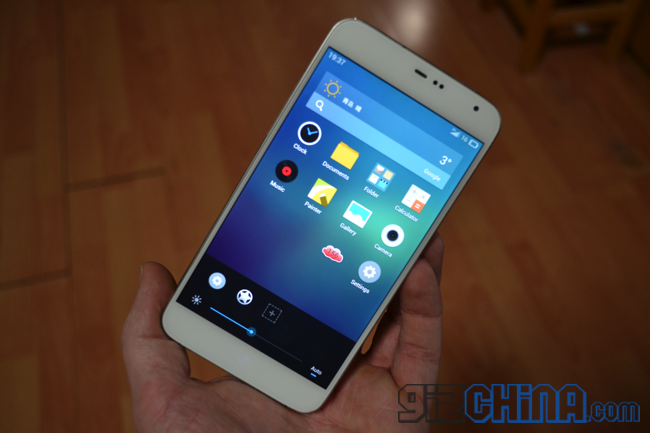
There are a few issues still though for example the gallery sometimes crashes when shooting video, but this is rare and everything else works flawlessly.
One of the features of Flyme is what Meizu calls the ’Smart Bar’, to you and me these are the onscreen navigation controls the MX3 has in place of the regular controls found on most Android phones.
Depending on which app you are in the Smart Bar will show a back arrow on the left and 3 dots on the right for the options menu. The Smart Bar actually takes up part of the display in portrait view, but will disappear in landscape mode. This is fine but means turning the phone to the side when wanting to move back in an application.
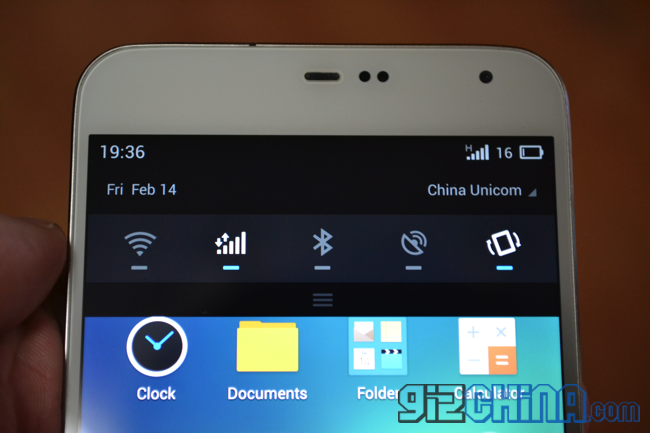
Swiping down from the top of the display brings a small notification bar with a few toggles which can be customised to your preferences. The notification bar will only use the amount of space it needs so as the notifications fill up the bar can be pulled further down.
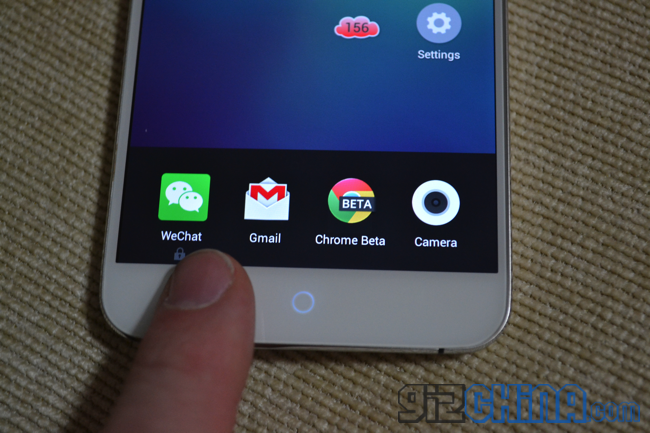
A swipe from the base of the display (to either the left or right of the home button) brings up the multitasking bar. Apps can be cleared by flicking them away, or locked so that they can keep running in the background. Swiping to the right on the multitasking bar will bring you to a screen brightness toggle and settings shortcut, there is also space for you to add your own shortcuts here also.
Meizu MX3 Review - Battery
The Meizu’s 2400mAh Sony battery is of average size and, again with the latest update, lasts quite well with moderate use. I can easily last more than a day with emails on push, using Wechat all day long, web browsing, 3G on, and using the camera a lot. Gaming brings the battery life down as does video and streaming.
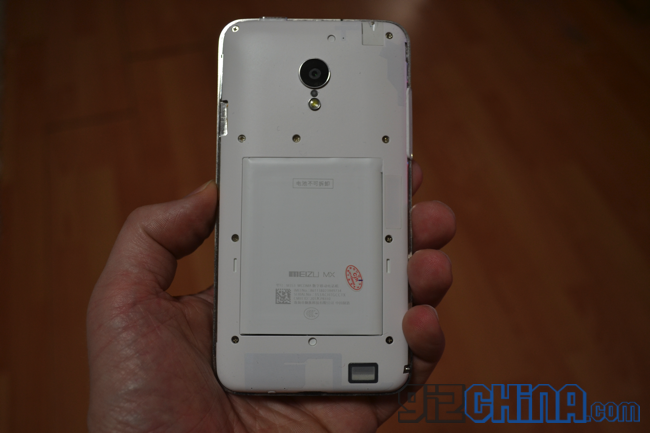
Battery life is fine for most users, myself included, but if you are out of town and are hammering Google maps, GPS and using music, games and video to pass the time then a power bank is going to be needed for back up.
Meizu MX3 Review - Conclusion
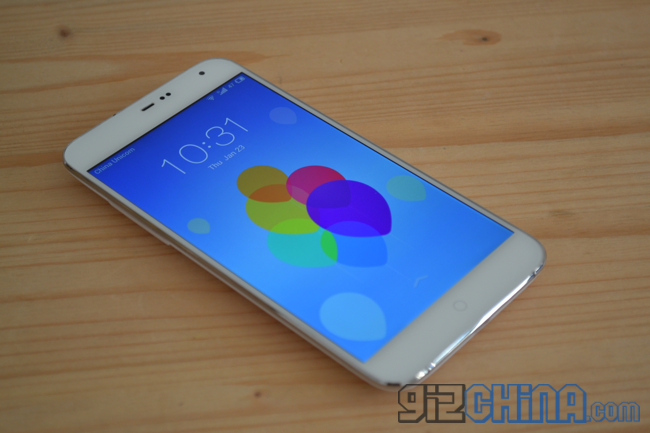
Meizu have come along way since the Meizu M9, and early MX phones. The design of the MX3 might not have changed much over time, but it still manages to look and feel better than some rival devices.
For Android fans who like to play around with 3rd party ROMs, the Meizu might not be the best choice, however MIUI is available of the phone and Linux will be available on the phone at some point later this year.
Performance isn’t an issue, unless of course you really need those benchmarks to feel happy, but that isn’t really what the Meizu MX3 is about. The MX3 is a premium Chinese smartphone, with hardware on par with what Samsung offers, and beautiful OS which Apple would have you pay a premium for.
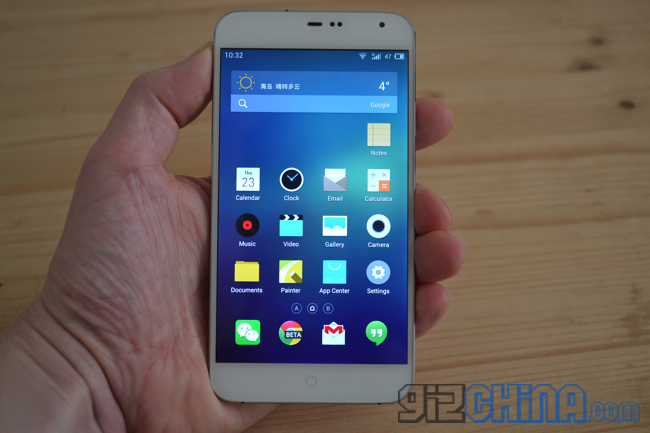
Most importantly for me though is that the Meizu MX3 has rekindled my affection for the first Chinese phone maker I was a fan of, it has replaced my Oppo N1 as my go to phone and the Xioami Mi2 is finally retired! This alone is pretty astonishing and, for me, speaks volumes for this fantastic smartphone.
Thanks to 1949deal.com who provided the Meizu MX3 for review. The model we were sent is the 32GB White Meizu MX3 which is on sale for $475.99.


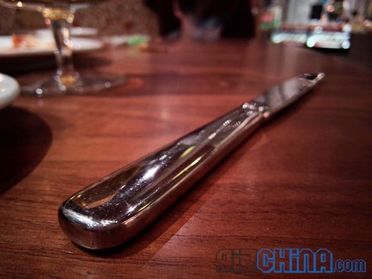







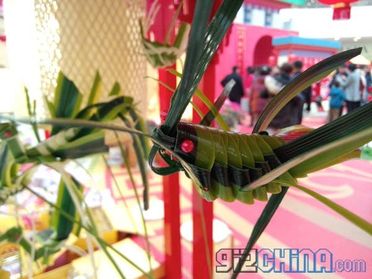


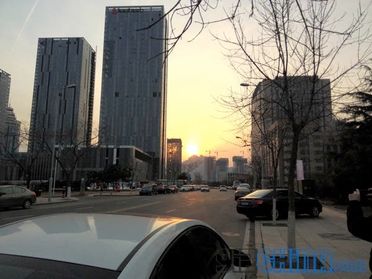




Place comments
0 Comments
You are currently seeing only the comments you are notified about, if you want to see all comments from this post, click the button below.
Show all comments